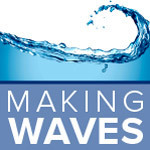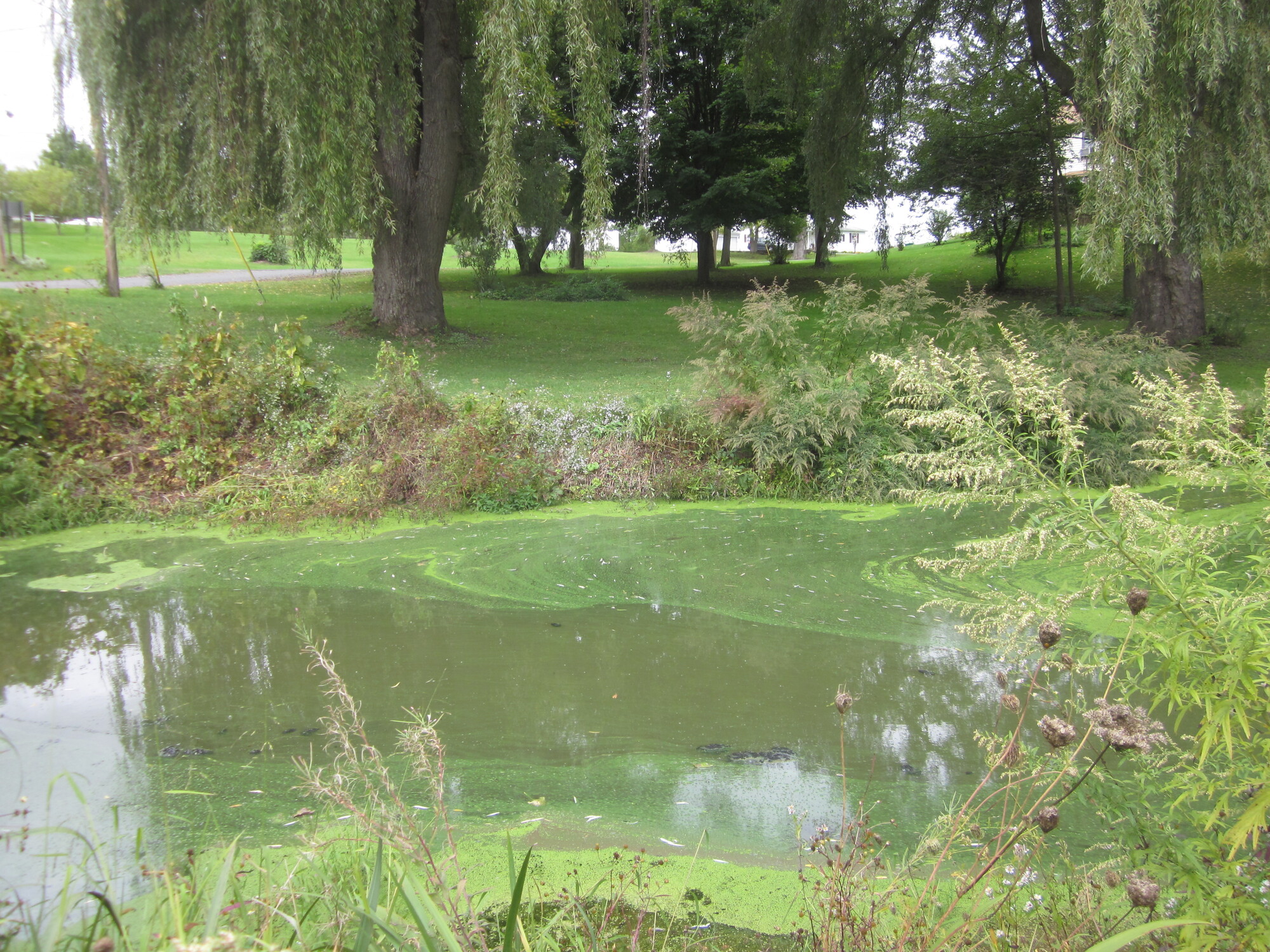In This Issue: 
- Application Deadline Extended for Certain Water-Related Grant Programs
- Be Prepared for Floods
- Help Document New York's Weather Impacts
- Hudson Estuary Trees for Tribs
- Updated Great Lakes Action Agenda
- Harmful Algal Bloom Notifications
Application Deadline Extended for Certain Water-Related Grant Programs Governor Hochul has announced that the deadline for the following grant programs offered through the Consolidated Funding Application has been extended from July 28 to August 11: In addition, the deadline for the NYS Environmental Facilities Corporation's Water Infrastructure Improvement (WIIA) and Intermunicipal Grants (IMG) has been extended to August 11. The deadlines were extended so that communities dealing with the aftermath of the recent storms and flooding will have more time to submit their applications for these water improvement and flood resiliency grants.
Be Prepared for Floods Find information on how to prepare for floods and what to do after a flood on DEC's website. You can also find resources about dam safety. In addition, the Federal Emergency Management Agency's website has a comprehensive guide about how to protect yourself and your property from flooding. The webpage includes free resources to learn about the flood risk in your community and ways to reduce that risk. Resources linked on the webpage include the Flood Map Service Center, National Risk Index for Natural Hazards, and the Flood Risk and Endangered Species Habitat Mapping Tool.
Help Document New York's Weather Impacts 
MyCoast NY is a public web tool where you can contribute and access photos of flooding, shoreline change, and storm damage anywhere in the state. Submitted photos are linked to real-time weather, river, and tidal gauge data to help provide context for the photos. Reports developed from this flooding documentation can be beneficial for emergency managers, local planners, residents, and state agencies to understand our changing environment and the impacts of flooding on every New York community. Submit photos through the app iPhone / Android or the MyCoast NY portal. Two MyCoast tools are available: - Flood Watch: Tracking flooding across the state. This includes flash floods, riverine, coastal, and stormwater.
- Storm Reporter: Documenting storm damage across the state.
MyCoast NY is a project of New York Sea Grant and New York State Water Resources Institute at Cornell University.
Hudson Estuary Trees for Tribs Apply now to the Hudson Estuary Trees for Tribs Program for free native trees and shrubs to help reduce erosion and improve habitat along tributary streams in the Hudson River Estuary watershed. You are encouraged to recruit volunteers in your community and work with local environmental groups. Staff in the Hudson River Estuary Program can help you with a planting plan and work with your volunteers. The application deadline is August 1 for a planting in October 2023. Visit DEC's website for more information or to download an application.
Updated Great Lakes Action Agenda DEC has released an updated New York's Great Lakes Action Agenda (GLAA) 2023, a strategic, ecosystem-based action plan to guide restoration and conservation and foster sustainable, resilient communities in New York's Great Lakes region. The GLAA advances efforts to safeguard water quality, improve habitats for fish and wildlife, manage invasive species, promote sustainability, and enhance community resilience to climate change. The region spans more than 40 percent of New York State's land area and includes Lake Erie, the Niagara River, Lake Ontario, the St. Lawrence River, and contributing watersheds. The release of the updated GLAA coincides with the development of the fourth federal action plan for the Great Lakes Restoration Initiative (GLRI), which will guide federal restoration and protection investments in the region through 2029. Since 2010, nearly $270 million in GLRI funding has been secured for Great Lakes projects in New York State. View the updated Action Agenda on DEC's website.
Harmful Algal Bloom Notifications 
Visit NYHABS, DEC's harmful algal bloom notification map to view locations of freshwater HABs in New York State that were reported in the past two weeks. Click on a dot for more information, including the date it was reported, the waterbody name, and pictures. Click on the arrow at the bottom of the screen to view a list of reported HABs. Instructions on how to use NYHABS are on DEC's HABs notification webpage. Know it: HABs vary in appearance from scattered green dots in the water, to long, linear green streaks, pea soup, or spilled green paint, to blue-green or white coloration. Avoid it: People, pets, and livestock should avoid contact with floating mats, scum, and discolored water. Report it: Report a suspected HAB using the NYHABs online reporting form. Report health concerns related to HABs to the Department of Health at harmfulalgae@health.ny.gov, or contact your local health department. | 


No comments:
Post a Comment